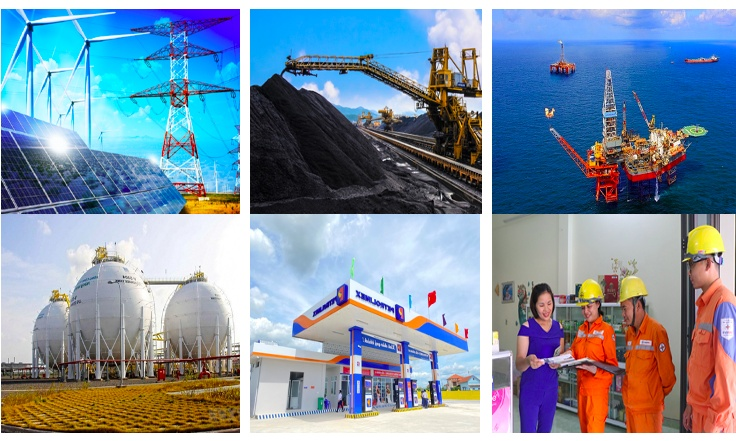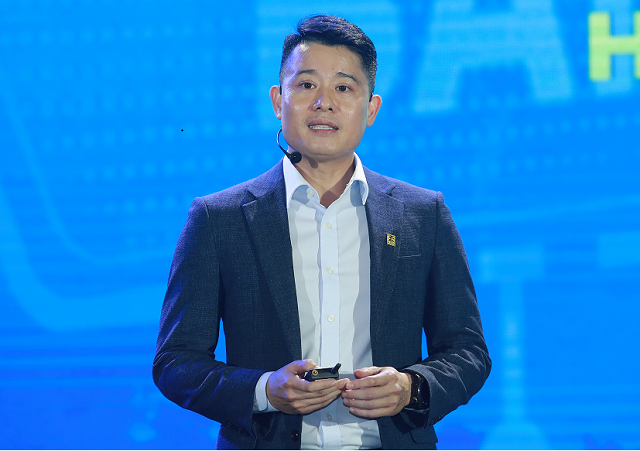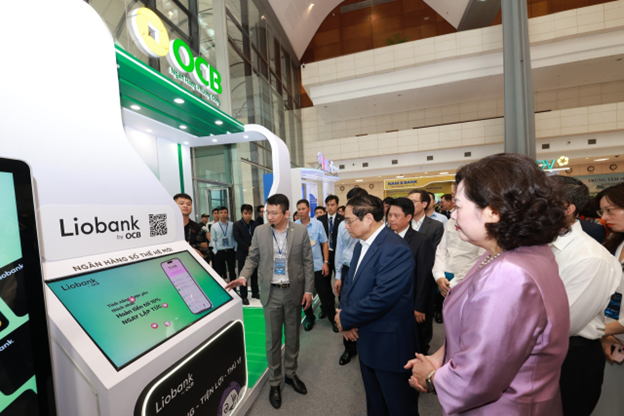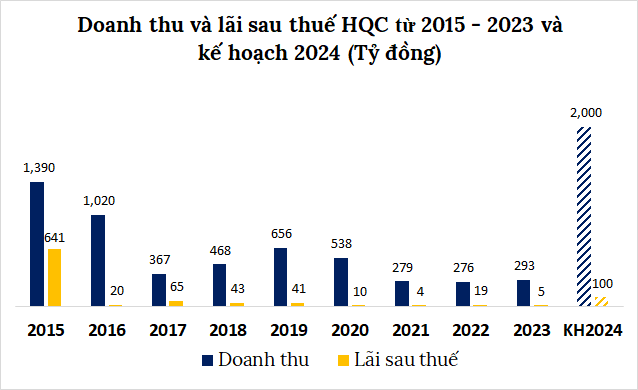Accordingly, the viewpoint of developing energy in Vietnam until 2030, vision to 2045 includes: Ensuring national energy security as the foundation, as well as an important prerequisite for economic and social development. Prioritizing fast and sustainable energy development, taking a step ahead, ensuring environmental sustainability, adapting to climate change, and achieving zero emissions by 2050, ensuring national defense and security as a focal mission throughout the industrialization and modernization process of the country.
The development of national energy must be in line with the socialist-oriented market economy system, the international integration trend; quickly building a unified, competitive, transparent, and diverse energy market, applying market prices to all energy forms. Encouraging and creating favorable conditions for economic components, especially private economy, to participate in energy development; resolutely eliminating all manifestations of monopoly, exclusivity, unequal competition, and lack of transparency in the energy sector.
Developing diverse and reasonable types of energy; prioritizing the exploitation and use of renewable energy sources, new energy sources, clean energy; properly exploiting and using fossil energy sources domestically, paying attention to national energy reserves, stability, and regulation requirements; prioritizing the development of electricity and gas, with a reasonable reduction route for coal; proactively importing fuel from abroad for power plants. Optimally allocating the national energy system in all fields based on the comparative advantages of each region and locality.
Accelerating basic investigation, exploration, and assessment activities to ensure the supply of energy resources to meet the accurate and reliable national economic needs; proactively investing in sustainable development of Vietnam’s energy industry, ensuring national energy security. Prioritizing the allocation of funds from the state budget, combined with mobilizing and effectively using social resources and other capital sources for basic land investigation work, resource exploration according to plans.
Basic geological and resource data on fossil energy resources must be fully compiled, comprehensive, centrally managed, and transparently based on digital technology foundations.
Efficient foreign investment research to exploit urgent energy resources (especially for energy resources that Vietnam needs to import and bring back for use in order to gradually reduce the amount of imports) suitable for Resolution No. 55/NQ-TW dated February 11, 2020 by the Politburo.
Focus on researching and applying the achievements of the fourth industrial revolution in the development of all energy sectors; promote the digital transformation in the energy sector; gradually master advanced and modern energy technologies.
Use energy efficiently, effectively, and ensure environmental protection must be seen as an important national policy and responsibility of the whole society. Strengthen energy auditing; build a system of legal, policy foundations, strong mechanisms, and feasibility to promote investment and use of energy-efficient and effective devices; apply a market mechanism for all energy forms. Strengthening the energy-saving, efficiency, and environmental friendliness of the social consumption system, thereby boosting labor productivity and innovative growth models.

General objectives of the strategy
Ensuring sustainable national energy security; providing sufficient stable and high-quality energy at reasonable prices for fast and sustainable economic and social development, ensuring national defense and security, improving people’s lives, and contributing to environmental protection. Promoting important energy transformation to achieve zero emissions by 2050. The energy sector develops harmoniously among branches with synchronous, modern infrastructure, reaching the forefront of ASEAN’s development. Building a competitive, transparent, efficient energy market suitable for the socialist-oriented market economy. Efficiently exploiting and using domestic energy resources, combining reasonable energy imports and exports; practicing energy savings and efficiency. Proactively developing major devices in energy sectors; upgrading and constructing advanced, modern transmission and distribution systems, ensuring safety connections with regional power grids; ensuring safe electricity supply, meeting the N-1 criteria for important load areas and N-2 for particularly important load areas. By 2030, the reliable electricity supply index will be in the top 4 leading ASEAN countries; the access index to electricity will be among the top 3 leading ASEAN countries.
Specific objectives
– Adequately meet domestic energy needs, serving the objectives of the 10-year socioeconomic development strategy from 2021 to 2030, in which primary energy demand reaches about 150 – 170 million tons of oil equivalent (TOE) by 2030, and about 260 – 280 million TOE by 2045.
– The proportion of renewable energy in total primary energy reaches 15 – 20% by 2030 and 65 – 70% by 2045.
– The final energy consumption reaches 105 – 115 million TOE by 2030 and 160 – 180 million TOE by 2045. The energy-intensive ratio reaches 400 – 420 kgOE/1,000 USD GDP by 2030 and 250 – 280 kgOE/1,000 USD GDP by 2045.
– Building a smart, efficient power grid with safe connections to the regional grid; ensuring safe electricity supply, meeting the N-1 criteria for important load areas and N-2 for particularly important load areas. By 2030, having reliable electricity supply in the top 4 ASEAN countries, and the electricity access index in the top 3 ASEAN countries.
– Local refineries meet at least 70% of the nation’s petroleum demand; strive to achieve 75 – 80 days of crude oil reserves by 2030. Adequate capacity to import liquefied natural gas (LNG) reaches about 15 – 20 billion m3 by 2030 and about 10 – 15 billion m3 by 2045.
– The energy saving ratio on total final energy consumption compared to the normal development scenario reaches about 7 – 10% by 2030 and about 14 – 20% by 2045.
– Vision toward 2045: ensuring sustainable national energy security; forming a unified competitive, transparent, and effective energy market suitable for the socialist-oriented market economy; sustainable development in all energy sectors, efficient resource use, environmental protection, and adaptation to climate change; developing synchronized, modern, connected infrastructure to the region and the world; high-quality human resources, advanced scientific-technological, and managerial capabilities in the energy sector, reaching the forefront of an advanced developing industrialized country.







































